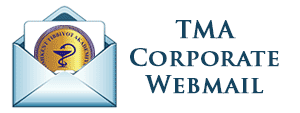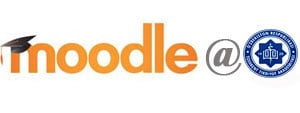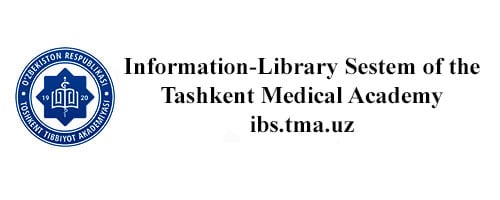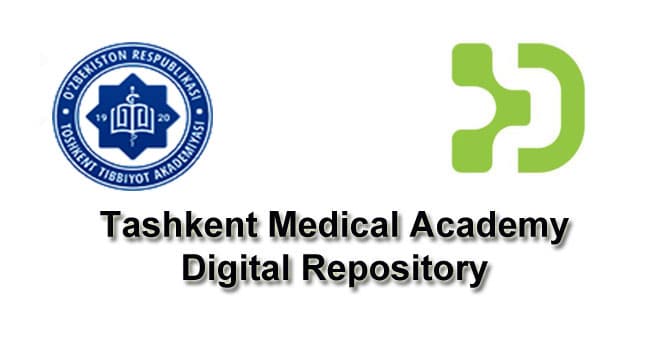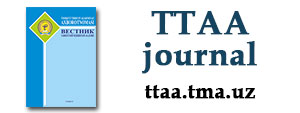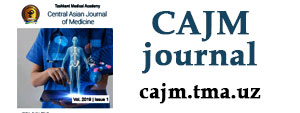On December 26, media representatives got acquainted with the main educational building of the Tashkent Medical Academy and its scientific potential.
The professors and teachers: Imamov A.A., Irnazarov A.A., Beknazarov I.R., Fayziyev S.I. Aripov Sh was attended from our department.


Reconstructed and equipped with the most modern teaching and treatment equipment, it accommodates 3,000 students. The building houses 8 departments, 10 departments, administration and 4 auxiliary rooms. The building houses 148 lecture halls, 10 “smart” lecture halls, a kindergarten with 60 seats, social areas for independent learning for more than 500 students, and a catering facility with 520 seats.
The press tour began with an introduction to the simulation center, which is intended for undergraduate and graduate students and includes 10 classrooms equipped with mannequins and simulators that simulate various clinical situations. These range from emergency medicine, virtual appointments, critical care, surgery, pediatrics, obstetrics and gynecology, general nursing (procedure room, medical and surgical departments), surgical specialties (ENT, dentistry, urology), internal medicine specialties and traditional medicine training modules.
A digital university model has been created on the 2nd floor. This is a digital medical center that includes all virtual learning technologies. There is a TEST CENTER, which consists of a virtual library with 200 seats and computer classes that are open around the clock and seven days a week for conducting tests and self-study among students.
In addition, in the telemedicine or distance medicine zone, students are trained to work in a remote medical care system. Here, a student and trainee doctor learns to conduct medical consultations in medical institutions located in remote areas of the republic, without interrupting their studies and work. The necessary materials are prepared for conferences held by foreign specialists, broadcasts of surgical procedures and telemonitoring.
The building also features high-tech educational virtual reality (VR) and augmented reality (AR) facilities to help increase interest in health sciences.
On the 7th floor of the building, a center for biomedical technologies has been created, where laboratories of medical genetics, cellular technologies, immunology, electron microscopy, pharmacotoxicology, and ecology operate.
The digital information and resource center (ARM) is located on the 8th floor. The Research4life grant was awarded by the Academy to scientific publications totaling US$7,500,000. You are allowed to use libraries and medical journals in 125 countries.







